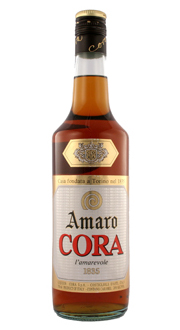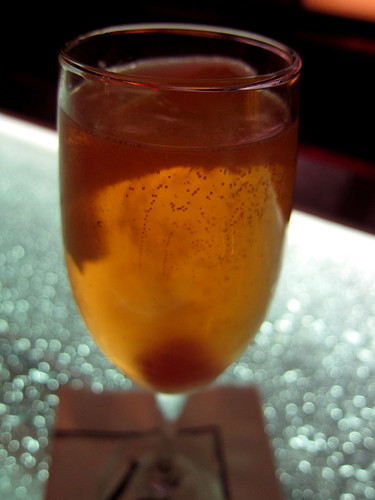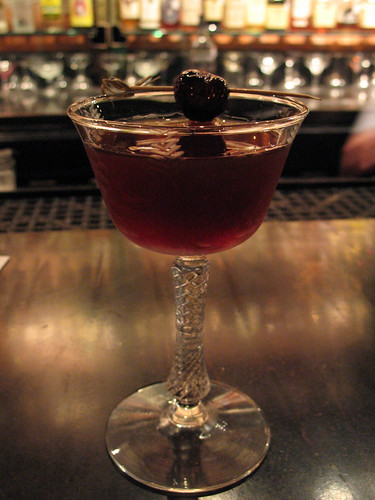Port Cocktails: The Suburban
“Drink more Port, boys and girls. Drink more port,” said Wesly.
“I like that,” I said. “May I quote you?”
“It wasn’t terribly profound; it just came out.”
“Sometimes the stuff that just comes out is the best stuff of all.”
“That’s what SHE said.”
Welcome to my life.
Ever since he saw that episode of “The Office” on the plane back from Spain, I hear that line at least once a day. But I digress.
Getting back to more relevant quotes from Wesly, he adds that “what the world needs now is more more rye cocktails,” one of my favorite expressions of his. Since this is a cocktail that’s been around for going on a century and one you’ve likely never heard of (I certainly hadn’t), in this case it’s a rye cocktail that just needs to be brought to more people’s attention. It’s also a Port cocktail that needs to be brought to more people’s attention as well — cocktails containing Port wine are delicioso. We’re still working on that bottle of Port I picked up the other day, and since it won’t keep forever I want to finish it within a few weeks. Hence, we shall continue posting about cocktails featuring ruby Port until the bottle is drained. Then I shall buy more.
See how that works? I like it.
I came across this one while browsing through Dave Wondrich’s Esquire drinks index, and it caught my eye for the same reason Dr. Wondrich finds it unusual. Rye whiskey and dark rum in the same drink, that’s a big fat yes. But with Porto as well?! That’s wacky! (In the best kind of way.) I wanted to try it right away.
The drink originated at the old Waldorf-Astoria Hotel in New York, named for a wealthy gent who raced horses, and for the horse race in which his steeds figured prominently. What does that combination of spirits and wine actually taste like, you may ask. From the above link: “If you could distill carved-oak paneling and club chairs, leather-bound volumes and three-cushion billiard tables, this is what you’d get. Mellow, robust, comfortable. The rum mellows the tang of the rye, the port tames the raw edge of the distillates, and the bitters add a touch of the exotic, like the stuffed head of that rare Asian gazelle that hangs over the doorway.” Well … no gazelle heads at our house. The closest we come to that are the jackalope heads looking down on us when we drink at Seven Grand. We do, however, have a club chair and leather-bound volumes, both appropriate company for this lovely drink.
The Suburban is more of an autumnal or wintery drink, and not one for the summer, as Dr. Wondrich notes. As I write this summer is still a month off, and our spring has been fairly cool — we’re still getting lows in the 50s at night, so it’s still snappy and bracing enough to sip this tipple. (I’m a New Orleanian after all, and as my friend Robb once said, that means that for me anything under 70°F is “cold,” and anything under 60°F is “very cold.”) And sip it we did, and did indeed enjoy it.
SUBURBAN
1-1/2 ounces rye whiskey
1/2 ounce dark rum
1/2 ounce ruby port
1 dash Angostura bitters
1 dash orange bittersCombine with cracked ice in a mixing glass and stir for 30 seconds. Strain into a chilled cocktail glass. No garnish.
Godsdammit … this and the Curari and the others I’ve been making recently are so good that I’m going to need to keep an open bottle of Port around all the time. Can we not have stasis boxes, like in Larry Niven’s “Known Space” sf novels, boxes inside which time does not pass, so that my myriad aromatized wines won’t go bad?









